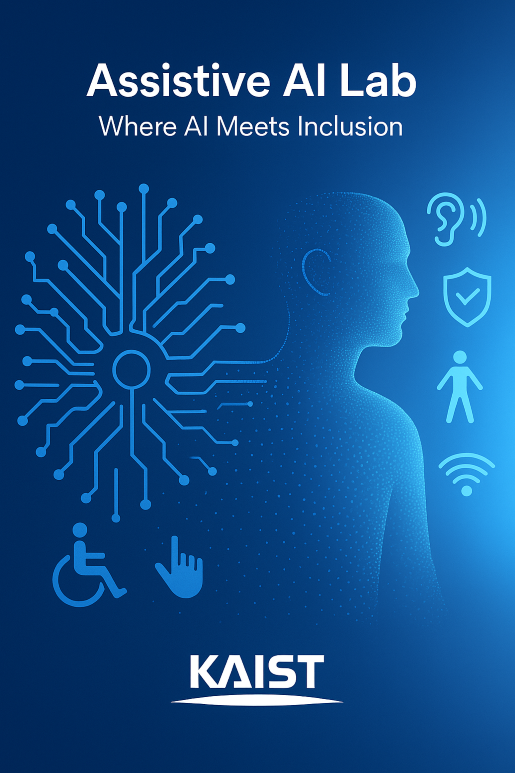-
Head Pose and Facial Expression-Based Alternative Input Method for People with Physical Disabilities
•
The purpose of this research is to design and develop a new alternative input method, called HF Interface, for selecting and manipulating on-screen objects based on tracking the user’s head pose and recognizing his/her facial expressions, using a 3D depth sensing camera. To specify a target of interest, the HF interface detects changes in…
-
Smart Signage: Technology Enhancing Indoor Navigation for the Blind
•
We developed and evaluated a BLE-based indoor location awareness system called Smart Signage to provide blind and visually impaired people with better accessibility to the built environment. The Smart Signage system consists of three components; a user component, an environmental component, and a smartphone app. The user component implemented with a Bluetooth low energy…
-
Real-time Synchronous Slideshow Presentation Access Technology for People with Blindness and Visual Impairments
•
This research has developed a prototype software package called SPARC (Slideshow Presentation Access with Real-time Communication) that enables people with blindness or visual impairments to have synchronous access to slideshow presentation made with Microsoft Office PowerPoint, using cloud computing as a core Internet of Things (IoT) technology. The SPARC consists of three inter-related system…
-
Internet of Things Technology for Rehabilitation Engineering and Assistive Technology: Potentials and Challenges
•
As one of the most influential technologies to improve and make changes in our daily living, Internet of Things (IoT) technology has drastically developed and extensively gained in popularity, as time goes by. Undoubtedly, a successful application of the IoT technology to rehabilitation engineering domains enables people who have special needs not only to…
-
ARoMA-V 2: Assistive Robotic Manipulation Assistance with Computer Vision and Voice Recognition
•
We have designed and developed a handy alternative control method, called ARoMA-V2 (Assistive Robotic Manipulation Assistance with computer Vision and Voice recognition), for controlling assistive robotic manipulators based on computer vision and user voice recognition. Potential advantages of ARoMA-V2 over the traditional alternatives include: providing completely hands-free operation; helping a user to maintain a…
-
Voice-Controlled Vision-based Semi-Autonomous Assistive Robotic Manipulation Assistance
•
People with severe physical disabilities have found it difficult or impossible to independently use assistive robotic manipulators (ARM) due to their lack of access to the conventional control methods and the cognitive/physical workload associated with operating the ARMs. This study aims to develop and evaluate an alternative control method for ARMs that enables these…
Welcome to Assistive AI Lab Where AI Meets Inclusion
At Assistive AI Lab, we are dedicated to developing cutting-edge artificial intelligence technologies to enhance accessibility and empower individuals with diverse needs. Our interdisciplinary team passionately pursues innovative research and practical solutions, bridging the gap between advanced AI techniques and inclusive, real-world applications.
Our mission is to ensure that artificial intelligence benefits everyone, particularly those traditionally underserved by technology. By focusing on accessibility, usability, and human-centered design, our lab creates transformative tools and systems that facilitate greater independence, inclusion, and quality of life.
We specialize in:
- Assistive Technology Development: Creating intelligent solutions that improve daily living, communication, and mobility.
- Inclusive AI Systems: Ensuring AI applications are designed to be universally accessible and beneficial.
- Human-Centered Innovation: Collaborating closely with users and communities to develop meaningful, impactful technologies.
Join us in shaping a future where artificial intelligence genuinely meets the needs of all individuals, fostering a society that is truly inclusive and accessible.

